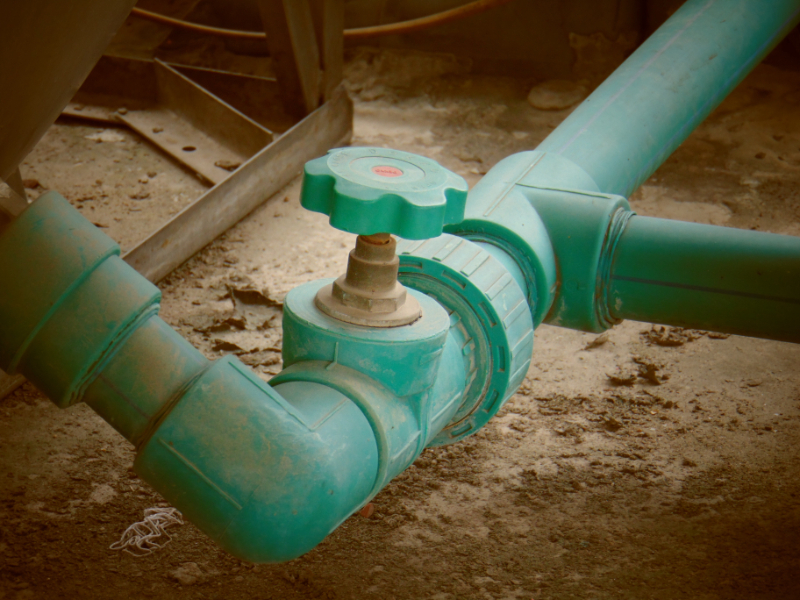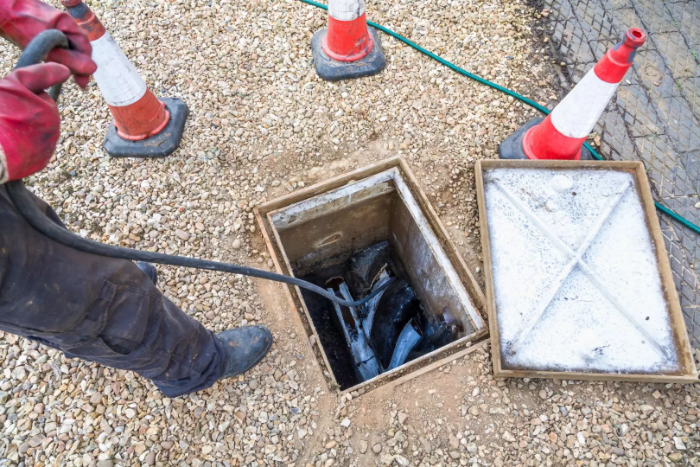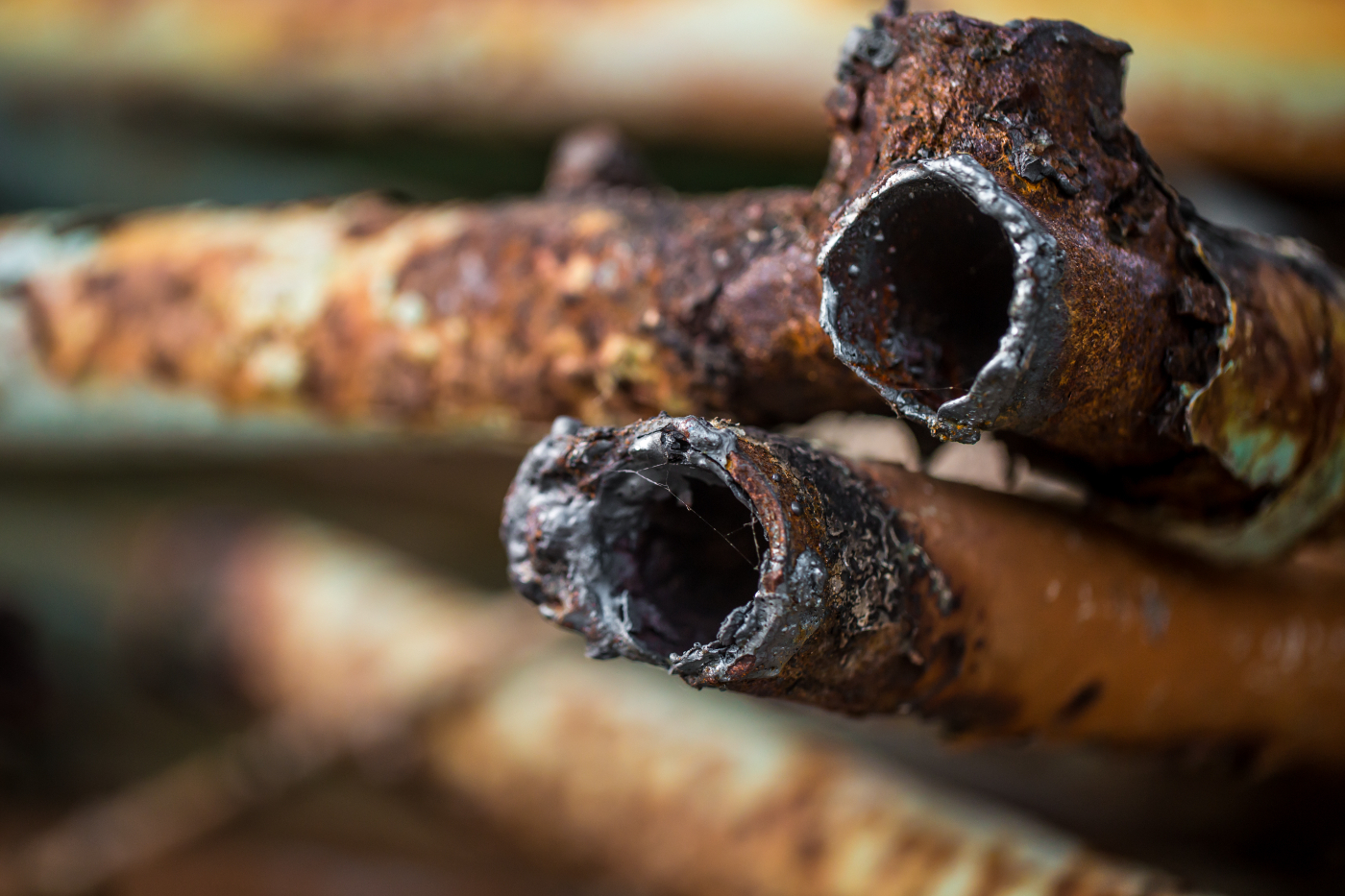What is drain relining and do you need it? Find out how this innovative technique restores your pipes, prevents leaks, and saves on costly excavation work in the UK.
What Is Drain Relining?
Drain relining is a plumbing method that's used to fix damaged or leaking drains without the need for excavation. Unlike traditional repair methods, drain relining restores the existing pipes internally.
The process starts with an inspection to assess the damage, identify any blockages, cracks, corrosion, or structural weaknesses, and determine the suitability of relining as a repair method. After this, the drain is then meticulously cleaned using high-pressure water jetting in order to remove any debris, roots, or obstructions. This ensures that the lining material adheres properly to the pipe’s interior surface.
After cleaning the pipes, a flexible, resin-coated liner will then be inserted into the damaged pipe using existing access points. Technicians will typically use an inflatable bladder or an air inversion method to position the liner accurately and press it firmly against the internal pipe walls. The resin-coated liner then undergoes a curing process so that it hardens and forms a corrosion-resistant pipe within the existing structure.
When Is Drain Relining Needed?
Drain relining is typically needed when pipes have internal damage that impairs their functionality. One common scenario where drain relining is needed is when pipes become cracked or fractured due to their age, deterioration, or ground movement.
Older drainage systems, especially those made from clay or concrete, can deteriorate over time and develop small cracks that widen over time. Relining these pipes helps restore and reinforce their structural integrity and prevents future damage.

Drain relining is also needed when pipes suffer from corrosion. Corrosion gradually weakens the structure of your pipes over time, which can lead to thinning walls, leaks, and potential collapses.
By relining the pipes, the interior surface is sealed, and the lifespan of the drainage system is extended.
Lastly, drain relining is necessary when you're dealing with recurring drainage issues, such as frequent blockages or persistent slow drainage.
These issues are often signs of underlying structural damage or defects within the pipework that traditional clearing methods cannot fix.
Signs Your Drains May Need Relining
One of the most common signs that your drains need relining is recurring blockages. Frequent clogs or repeated slow-draining in sinks, toilets, or bathtubs can be a sign of underlying pipe damage, such as cracks, misalignment, or corrosion. While occasional clogs are normal, consistent drainage problems usually indicate that there are structural issues that traditional drain-cleaning methods cannot resolve.
Another common sign that your drains need relining is foul odours. Persistent odours can be a sign of stagnant water, accumulated debris, or leaking sewage from cracked or damaged pipes. If odours linger even after cleaning your drains, you may need them relined to effectively seal any internal damage and eliminate the source of the odour.
Another sign you have drainage issues is unusually lush or fast-growing vegetation in specific areas of your garden. If your plants or patches of grass appear greener or more vibrant than the surrounding vegetation, it can be a sign that water is leaking from damaged pipes beneath the surface. Drain relining can stop these leaks and ensure that water stays within the pipe system.
Drain Relining vs Traditional Pipe Replacement
Traditional pipe replacement involves excavating the affected pipework and physically removing the damaged pipes before installing new ones. This method is often disruptive and requires extensive digging, which can affect your garden, driveway, and indoor flooring.
The excavation process typically takes a long period of time, and it involves a significant amount of labour and restorative work after the installation. However, traditional pipe replacements are better suited for instances where the pipes are severely damaged, collapsed, or extensively misaligned.
On the other hand, drain relining involves repairing the existing pipework from within, without the need for excavation work. Technicians create a new, durable pipe using a resin-coated liner that's inserted through existing access points. This process significantly reduces the amount of labour and the need for expensive restoration work afterwards. Additionally, this method is faster, cleaner, and more environmentally friendly than a traditional replacement, since it can be completed in a matter of hours rather than days or weeks.

Determining which method is better depends on your specific circumstances. For moderate to mild pipe damage, drain relining is typically the better option. However, for severe damage like collapses, misalignment, or extensive deterioration, traditional pipe replacement is ideal.
We provide professional drain repair services in Haverhill, Ipswich and Suffolk to effectively fix damaged and broken pipes. We use advanced techniques to quickly resolve blockages, leaks, and pipe deterioration.


